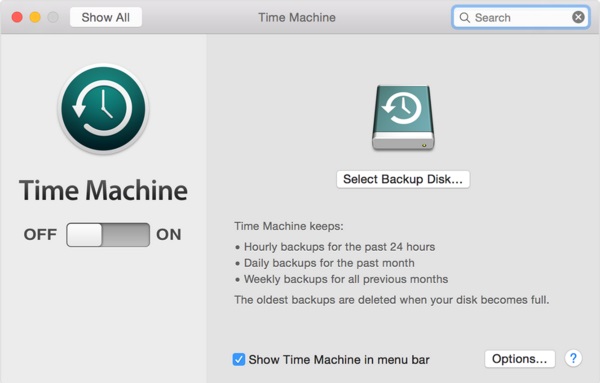

- I want to downgrade mac os how to#
- I want to downgrade mac os mac os#
- I want to downgrade mac os install#
- I want to downgrade mac os upgrade#
You’ll also need the backup because the downgrade process includes erasing your Mac’s startup drive. This is to ensure that, should something go wrong during the downgrade process, you can recover your data and be back where you started. The downgrade process begins with backing up your current system. No matter the reason, you can downgrade from macOS 10.14 and revert to an earlier version by following the steps below. Or maybe a favorite or mission-critical app hasn’t been updated yet for Mojave, and you need to downgrade the OS to be able to keep running an older app. Perhaps Mojave is performing poorly on your system, even after trying some of the tips in: Is Mojave Slowing Your Mac Down? This is How You Can Speed It Up. Even with all the new capabilities, some of you may find yourselves wishing for one of the previous versions of the Mac operating system. The average restoring time mainly depends on the size of your backup.MacOS Mojave has a lot going for it: plenty of new features, new security and privacy safeguards, even new apps, such as News and Home. Your Mac will begin restoring from the Time Machine backup and then reboot. Select OS X El Capitan backup on the drive (the most recent one). Select the Backup source for where your Time Machine backup is stored and click Continue.ĥ. Select Restore from Time Machine Backup in the OS X Utilities selector.Ĥ. Press and keep Command+R through the whole reboot.Ģ. Retrieve your data from El Capitan Time machine backupġ.
I want to downgrade mac os upgrade#
If that happens, finish the installation and then go to the Mac App Store to upgrade to El Capitan. Note: Depending on how old your Mac is, you may download an older version of OS X, possibly the one that originally shipped with your computer. When you see El Capitan installation, just click Continue and then click through the license agreement.ģ. Click on Reinstall OS X in the OS X Utilities selector.Ģ.
I want to downgrade mac os install#
Now it's time to install the earlier OS X 10.11 back to your Mac.ġ. Reinstall OS X El Capitan 10.11 back on your Mac When the process completes, quit Disk Utility from the dropdown menu in the upper left corner of the screen to go back to the OS X Utilities selector.
I want to downgrade mac os mac os#
Choose Mac OS Extended (Journaled) from the list. Click on the Erase tab at the top of the window.ħ. Click on Disk Utility in the OS X Utilities selector.Ħ. Hold down Command+R when you hear the startup chime and keep holding the keys until your computer reboots.Ĥ. Connect your Mac to the Internet via Wi-Fi or Ethernet.ģ. Now the following guide shows you the easiest way to completely remove macOS Sierra from your Mac.ġ. It will take you approximately half an hour before it's completed. Open Terminal and paste this into Terminal window: sudo /Applications/Install\ OS\ X\ El Capitan.app/Contents/Resources/createinstallmedia -volume /Volumes/Untitled -applicationpath /Applications/Install\ OS\ X\ El Capitan.app -nointeraction. Download El Capitan installer file from the Mac App Store and put it into the Applications folder.ģ. Find an external drive (a thumb drive will do) with at least 8GB of storage space.Ģ.
I want to downgrade mac os how to#
The following steps will show you how to create such a bootable EI Capitan installer drive.ġ. For this purpose you'll need a bootable flash drive (USB) with El Capitan on it. Create a bootable drive of OS X El Capitanīefore you erase macOS Sierra from your computer, you need to download OS X El Capitan from the Mac App Store. * To begin with, make sure you have a Time Machine backup for all your files so that you can restore all your data by the end of the reinstallation process from Settings -> Time Machine.

* You can't run the El Capitan installer within macOS Sierra, because the Mac always wants to have the latest version of macOS. * You can't boot your Mac into Recovery mode and revert to El Capitan because this method can only be used for reinstalling the system that's currently on the Mac, which in this case is Mac OS Sierra. Before you start, pay attention to those IMPORTANT notes:


 0 kommentar(er)
0 kommentar(er)
